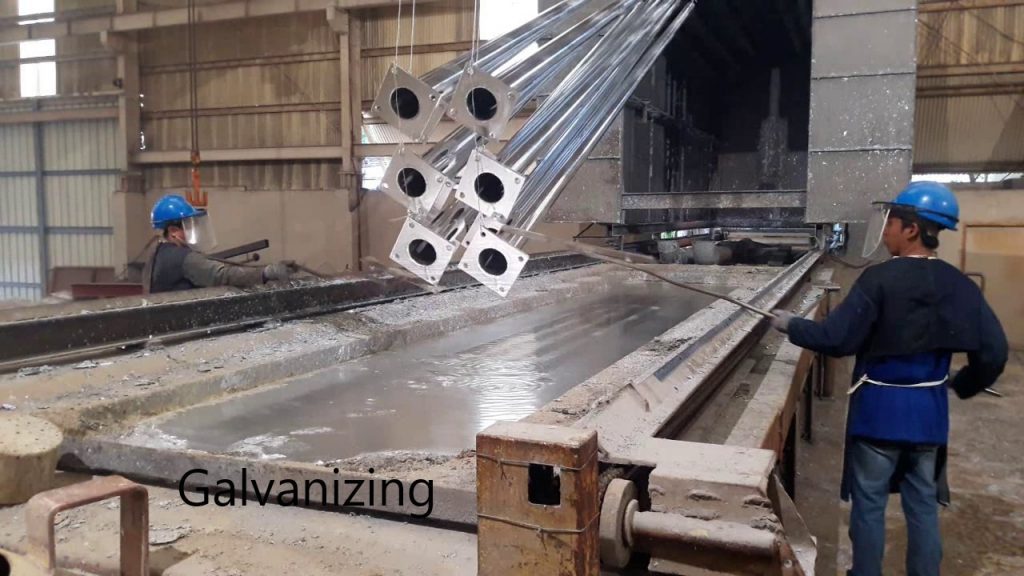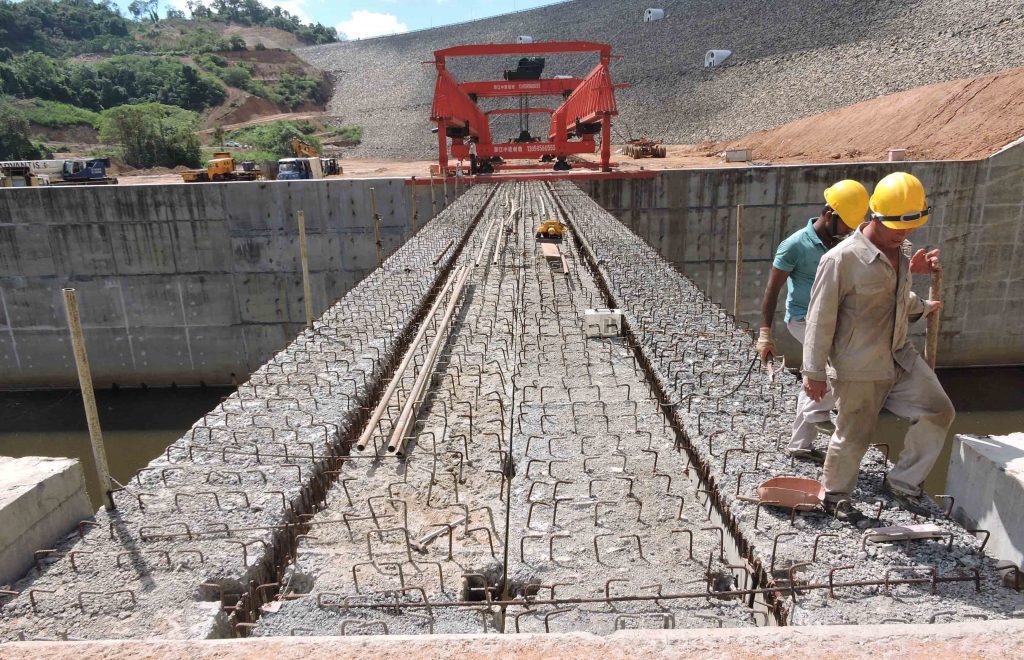The tall building needs a lateral load resisting system to maintain the structure stable when lateral loads are applied to them. Lateral loads from wind and earthquakes are mainly applied to buildings.
When buildings become taller and taller, horizontal loads applied to them increases. Further, the effect of the lateral load becomes more severe with the increase of the height of the structure.
The following types of loads could be observed in building design.
- Wind Loads
- Seismic Loads
- Water Pressure
- Earth Pressure
- National Loads
Different structural systems are introduced depending on the nature of the buildings to resist the lateral loads. out of those methods, the following methods are widely used in buildings.
- Frame
- Bracings
- Shear Walls
- Wall Frame Interaction
- Outrigger systems
- Tuned Mass Dampers (TMDs)
- Buckling-Restrained Braces (BRBs)
- Bearing Wall Systems
- Hybrid Systems
- Exterior Diaphragm Systems
- Slip-Friction Dampers
Frame
If there is a building, there will be a frame in the structure most of the time. Frame structures exist in the majority of the buildings.
Beams and columns connected together create the frame. When the connection of the beam and column is rigid, the frame can transfer the lateral loads to the foundations.
Therefore, rigid frames considered as a lateral load resisting system. Beam column frame structure can be used up to 15-20 stories as a lateral load resisting system.
Bracings
Bracings are used mostly in steel structures to improve the lateral load resisting capacity. Further, they are constructed in the concrete buildings also to improve the lateral load resistivity.
The following types of bracings are used in steel buildings.
- Single diagonals
- Cross bracings
- K-bracings
- V-bracings
Lateral loads applied by wind, seismic loads, and national loads are resisted by these types of bracings.
The article types of structural forms for tall buildings discuss more on the bracings.
Shear Wall
A concrete wall constructed from the based level to the top of the building is considered as a shear wall. It carries the lateral loads and the vertical loads applied by the structural element connected to it.
The shear wall along can resist the lateral load of buildings having about 20 stories. Beyond that, the contribution of the frame could also be considered.
Shear walls need to the fixed at the base level in order to carry the lateral loads effectively.
Stiffness of the shear wall is the key factor affecting the lateral load resistivity of the wall. Length and the width of the wall are the key factors affecting the stiffness of the walls.
Wall Frame Interaction
Shear Wall along can resist the lateral loads up to some extent as discussed above. Beyond a certain level, we need some other supporting method to have the load resisting capacity.
Due to the restrictions on the floors, we cannot continue the shear walls as we wish to have the required stiffness. Prime important task of building a structure to have the required services. Therefore, designers have to find alternatives to improve structural capacities.
Consideration of the wall frame interaction is one of the best options that we using the inherent capacity of the structural systems.
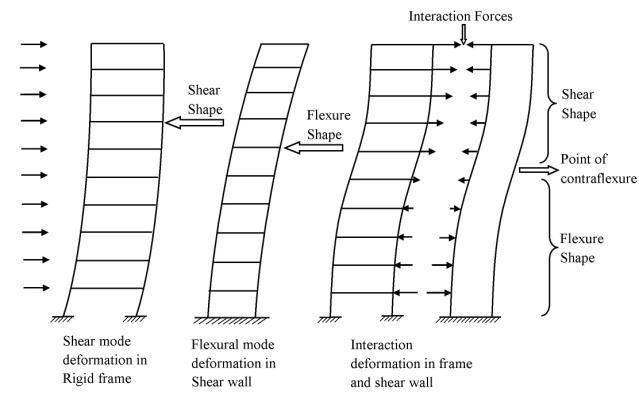
Consideration of this interaction improves the structural capacity significantly than that of considering the shear wall along.
Outrigger Systems
Outrigger systems involve horizontal structural elements (outriggers) that connect the core of the building to the exterior columns or walls. These systems distribute lateral loads across the building’s height.
Advantages:
- Efficient in reducing building sway.
- Suitable for tall and slender high-rises.
- Can enhance overall structural performance.
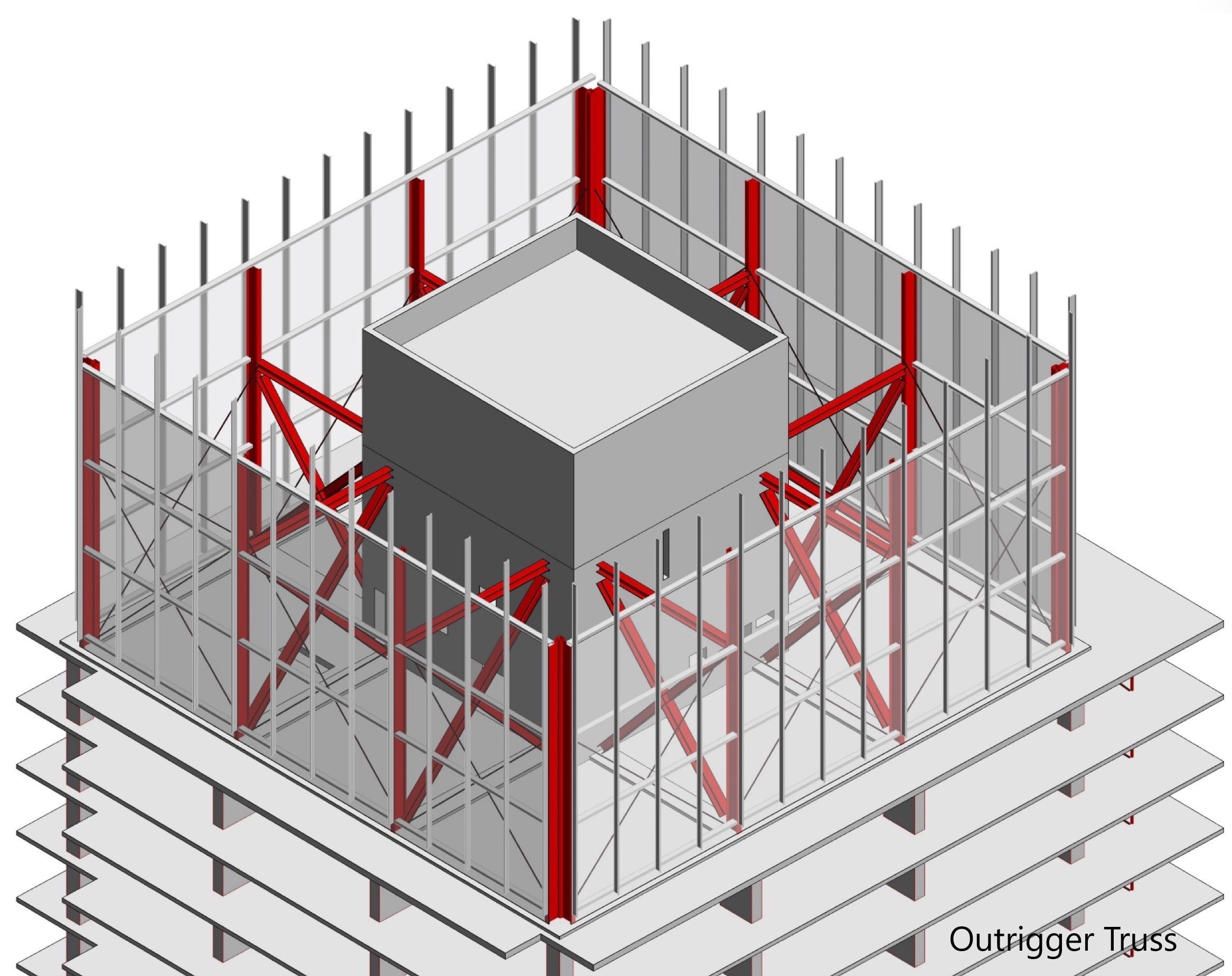
Tuned Mass Dampers (TMDs)
TMDs are mechanical devices placed within the building to counteract sway induced by wind or seismic forces. They consist of a mass (often a large pendulum) that moves in response to lateral motion, mitigating the building’s sway.
Advantages:
- Effective in reducing occupant discomfort.
- Can be retrofitted to existing high-rises.
- Enhance building stability without increasing structural stiffness.
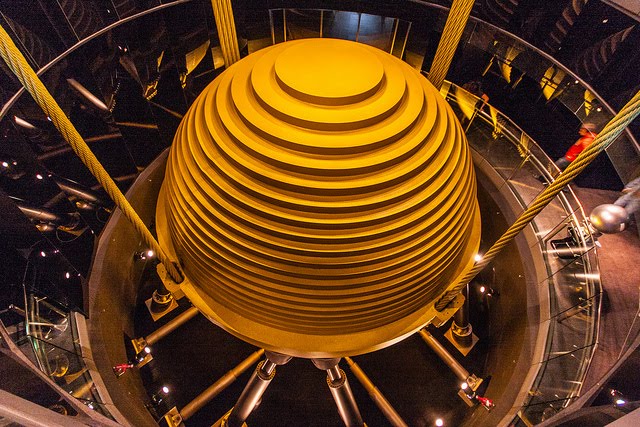
Buckling-Restrained Braces (BRBs)
Buckling-restrained braces are a type of brace frame that provides lateral stability by dissipating seismic forces through energy-absorbing mechanisms. These braces consist of a steel core surrounded by a restrained outer casing. During an earthquake, the core remains stable while the casing yields, absorbing seismic energy.
Advantages:
- Exceptional seismic performance.
- Predictable and controllable yielding behavior.
- Minimal residual deformations after an earthquake.
Bearing Wall Systems
Bearing wall systems rely on the use of load-bearing walls in both the longitudinal and transverse directions of the building. These walls resist lateral loads by transferring them to the foundation.
Advantages:
- Simplicity and cost-effectiveness.
- Suitable for mid-rise buildings with repetitive floor plans.
- Provides both lateral and gravity load resistance.
Hybrid Systems
Hybrid lateral load resisting systems combine two or more of the aforementioned methods to optimize performance. For example, a combination of moment frames and shear walls can provide enhanced lateral resistance while allowing for architectural flexibility.
Advantages:
- Tailored solutions for specific project requirements.
- Synergy between different systems can improve overall structural performance.
- Suitable for complex building geometries.
Exterior Diaphragm Systems
In some high-rise buildings, the exterior cladding or curtain wall system can be designed to act as a lateral load resisting diaphragm. These systems transfer lateral loads to the building’s core or other structural elements.
Advantages:
- Allows for a sleek and uninterrupted architectural facade.
- Structural and architectural elements are integrated for efficiency.
Slip-Friction Dampers
Slip-friction dampers are passive energy dissipation devices that are installed within the lateral load resisting system. They absorb energy by allowing controlled slippage between structural components during seismic events.
Advantages:
- Effective in reducing seismic forces and drift.
- Minimal visual impact on the building’s aesthetics.
- Can be retrofitted to existing structures.
The article types of structural forms for tall buildings also discuss the structural systems that are used in high rise buildings to resist the later loads.

